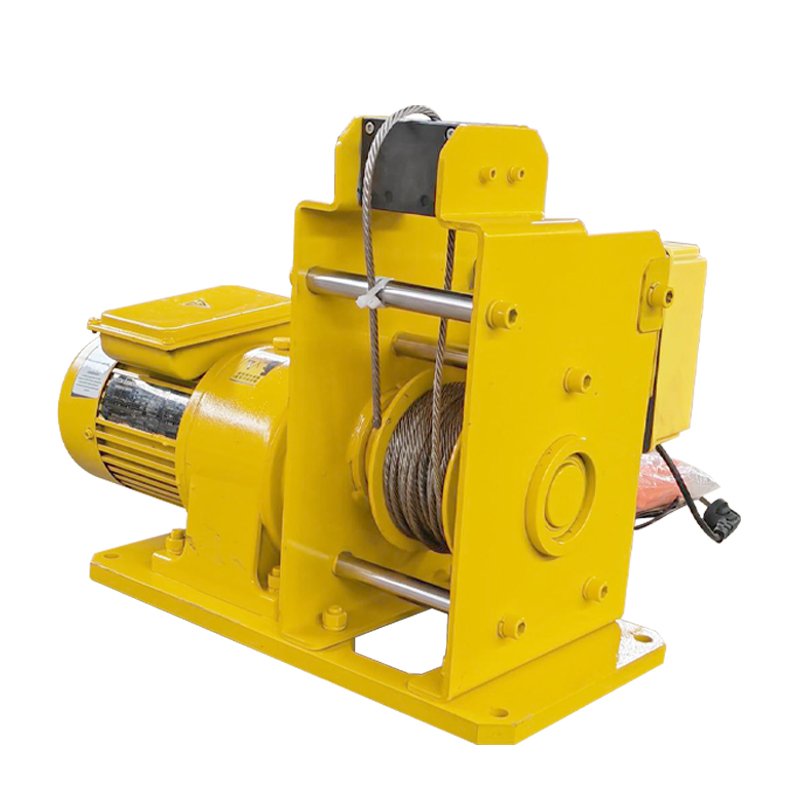Pneumatic winches use compressed air as a power source, and drive ropes or chains to rise or fall through mechanical structures such as air motors and planetary gear reducers, and are used for lifting or hoisting heavy objects. Pneumatic winches have the advantages of small size, light weight, low noise, and high working efficiency. They are particularly suitable for operation in narrow spaces and in environments with flammable and explosive materials. Its working principle is to drive the piston to move through high-pressure and high-speed airflow, and convert the motion energy into mechanical energy, thereby driving mechanical structures such as gears or chains to achieve the rise or fall of the winch.

Pneumatic winches need to be used with compressed air systems to obtain sufficient energy supply to ensure their normal operation. Generally speaking, pneumatic winches need to have suitable load capacity, rotation speed, installation method, protective measures and other characteristics to meet the needs of actual work. In addition, the maintenance and care of pneumatic winches are also very critical. Regular inspection and cleaning of air circuits, lubricants and wearing parts can effectively extend the service life and stability of pneumatic winches.
In short, pneumatic winches are an important industrial equipment with broad application prospects and market demand. Understanding its working principle, characteristics and selection considerations will help to better apply the pneumatic winch and improve work efficiency and safety.
